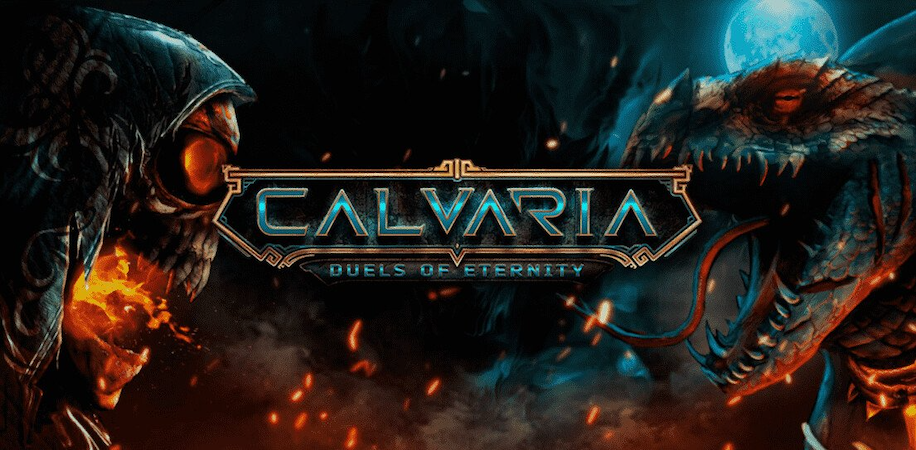Join Our Telegram channel to stay up to date on breaking news coverage
With a substantial increase in trading volume and the overall number of NFTs sold in January, the NFT market exhibited signs of life, but the renewed buzz isn’t just being generated by high-value Bored Ape Yacht Club sales. Recently, open edition mints with artwork that sells for pennies have also become popular, creating buzz thanks to gamification strategies and FOMO over potential rewards in the future.
An open edition NFT mint is essentially just a drop where the number of identical pieces of artwork that can be purchased within the availability window is uncapped.
Open edition drops are nothing new; in fact, they were widely used on Nifty Gateway in the beginning of 2021, when the NFT market was just getting started, but they were usually expensive, selling for hundreds of dollars each. Similar gamification components have been present in previous art works including The Currency by Damien Hirst and Merge by the fictitious artist Pak.
— Jack Butcher (@jackbutcher) January 4, 2023
Instead of purchasing a one-of-a-kind work, open edition NFTs are frequently sold in the new meta (or trend) for $10 or less. Therefore, it’s much simpler to support a project and rely on gamified collection aspects that let owners trade multiple copies to open more hinted future benefits or unlock a possibly more valuable NFT.
The most anticipated new NFT release of 2023 thus far is Checks by artist Jack Butcher of Visualize Value, following the Bored Ape Yacht Club’s Sewer Pass. Early in January, the initiative, which parodies Twitter’s verified user checkmark, conducted an open edition mint on Zora and sold little more than 16,000 of the exact copies for roughly $8 each.
Since then, the price of Checks NFTs has soared amid news of a gamified trading model that will allow owners to burn (or permanently destroy) a set number of editions of a rarer NFT. The NFTs’ starting price has increased by over 51,000% in just one month to 2.45 ETH (about $4,085). Checks has now generated secondary trade worth more than $26 million.
Checks’ popularity has inspired a flurry of related projects that alter the concept, including one by renowned collector Vincent Van Dough that is centered around the Pepe meme. Over the weekend, the initiative sold more than $1.6 million worth of editions at a cost of around $7 in ETH each.
The encoded data that determines an NFT’s properties, known as metadata, was then modified in a fun manner by Butcher such that the initial Checks NFTs were the same as the Pepe versions. Then, artist Sean Bonner produced a reversed replica of the piece and offered it for sale as an open edition. The Checks theme has inspired many other variations from other artists.
@Vince_Van_Dough @jackbutcher (a little late) Just for fun, painted up a gallery scene and framed the Pepe Checks, with a little added controversy hehe. No mint. pic.twitter.com/rB9SxhQehq
— Wee Arts (@weeartscontact) February 8, 2023
The open edition explosion, according to Bonner, is “memes being made in real time.” We can observe how concepts change from one item to the next, and those who can connect the appropriate cultural allusions at the appropriate time are rewarded.
Butcher received praise from Bonner for supporting and promoting derivative ventures. It stands in stark contrast to the aggressive legal strategies used in the past by some NFT developers, such as when Larva Labs, the original developer of CryptoPunks, filed a DMCA takedown request in relation to V1 Punks, a project based on Larva’s own abandoned on-chain assets.
An expanding horizon
However, the open edition boom isn’t only about Checks. Open editions of all kinds have reemerged, especially since the year’s beginning, as entry points into NFTs as artists produce more accessible drops that place an emphasis on affordability rather than pure scarcity.
With a drop for his digital artwork “M0N3Y PR1NT3R G0 BRRRRRR,” artist Alex Ness made over $2.2 million worth of ETH in late January. The painting sold over 20,300 copies for roughly $110 (0.069 ETH) each. The burn mechanic is similar, allowing players to essentially trade up for a rarer piece.
An open edition sale of a single image by @Ness_Graphics just generated more ETH than the last Zombie punk sale.
(1405 vs 1155) pic.twitter.com/9Q21RKClpC
— NFTstats.eth (@punk9059) January 28, 2023
Since December, Jeremy Fall, the former restaurateur turned Web3 entrepreneur behind Probably Nothing and its collaboration with Warner Records, Probably a Label, has done a number of open edition releases while hinting at a major burn event in the near future. And musician Snoop Dogg over the weekend sold approximately 10,500 music NFTs for an average of $8 in ETH through an open edition drop on Sound.xyz.
However, other people are concerned that the open edition trend is a bubble that, if it bursts, may harm traders. In the example of Checks, the initial mints were only $8 each, but as of the time of writing, secondary sales fetch nearly $4,000 in ETH. People who purchase in with the intention of flipping for a profit at or near the peak (or wherever it may be) risk losing money.
On his 100 Proof podcast last week, Proof co-founder and NFT collector Kevin Rose observed that:
People are switching between games here. The NFT mindshare is currently ‘dominating gamified open versions’. I worry that it’s not going to end well, and it rarely does.
Recently, the argument over the increasing prices of open edition NFTs has dominated Crypto Twitter, with many artists and renowned collectors simply advising people not to buy anything for its potential as a form of speculation—rather, just buy art you like from creators you want to support. However, soaring secondary sale prices indicate that the hype is still driving up the cost of pickups.
Music OEs. pic.twitter.com/bAj4cxaKiX
— Snoop Dogg (@SnoopDogg) February 3, 2023
One of the greatest winners from the open edition boom is Web3 startup Manifold, which makes customizable smart contracts that include the code that enables decentralized apps and NFT initiatives. According to on-chain data compiled by Dune, 223 million NFTs, including many of the most recent open edition drops, have been claimed via Manifold mints.
Eric Diep, a co-founder of Manifold, noted that open editions are driving affordable NFT collecting like never before but that the speculative rush might not persist for long. He still thinks that the general tendency will advance and that there will be more open editions produced a year from now than there are right now, even if prices don’t continue to rise.
Most likely, this will be a bubble that bursts in a few weeks, according to Diep. However, the baseline will be raised, and the long-term trend, in my opinion, is upward.
According to Bonner, the open edition craze is the perfect remedy for an NFT space that was plagued by declining sales and prices for the majority of last year thanks to approachable mint fees, attention-grabbing game-like mechanics that help boost resale prices, and an open culture that embraces derivative riffs.
It’s enjoyable, clever, and easy to use, and that’s something the area truly needed, according to Bonner.
Calvaria P2E Game
A fantastic new project worth mentioning in the P2E (Play to Earn) space is Calvaria. It is a crypto card game and a platform where players create and battle with unique decks. Each card features a different powerful and special ability-wielding figure from the Calvaria realm. Victorious players in Calvaria wars are rewarded with RIA tokens.
The creators of Calvaria have created a fantasy world full of unique personalities. The mythology of the game describes Calvaria as a battle between three factions of monsters for supremacy in the afterlife. Calvaria cards feature 3D illustrations of all of the playable characters, and only a select number of each character’s vehicle design has been produced.
Calvaria’s playing cards are all NFTs, giving card enthusiasts full ownership of their collections. Players may earn money from trading their decks in the Calvaria P2E marketplace, or they can use it to build a custom deck tailored to their play style.
Listing on BKEX and LBank exchanges today
Calvaria today was listed on the exchange BKEX. The 15-minute chart showed the RIA price climbing closer to $0.084 soon after the listing began.
LBank will also be listing the token today, and Uniswap will be next on the list of exchanges to list RIA tokens. LBank is a centralized cryptocurrency exchange known to be the first pick for most low-cap cryptocurrency projects who want to launch their IEOs.
LBank has been essential in the success of multiple presale cryptocurrencies that we have covered in the past and we expect something very similar to happen this time.
Investors have been able to deposit their RIA tokens on the exchange since yesterday, with the trading opening at 11:00 am UTC. Withdrawals will proceed tomorrow around the same time.
Those who want a more privacy-centric approach to buying their RIA tokens must wait for Uniswap listing. Although the listing has been confirmed, details of the same are yet to be announced.
Related
- Nouns Comics Create “Unconstrained Anarchy” With Ethereum NFTs
- Best NFT projects
- What’s Putting Life Back Into Bored Ape NFTs?
Join Our Telegram channel to stay up to date on breaking news coverage



